I am building a home and would like to by a laser. I would like the laser to do multi functions. Does anyone have experience with this kind of laser? What do you recommend?
Discussion Forum
Discussion Forum
Up Next
Video Shorts
Featured Story

Few people understand it. Nobody agrees what it is, how to learn about it, or who's responsible for it. It has never been more important
Featured Video
Builder’s Advocate: An Interview With ViewrailHighlights
"I have learned so much thanks to the searchable articles on the FHB website. I can confidently say that I expect to be a life-long subscriber." - M.K.
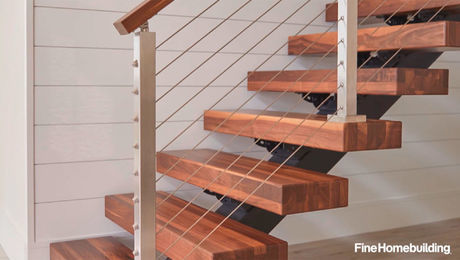


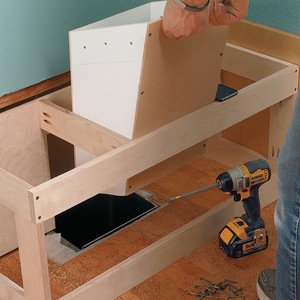
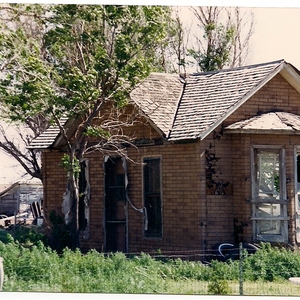





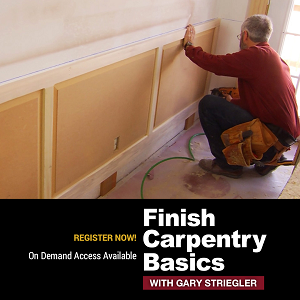
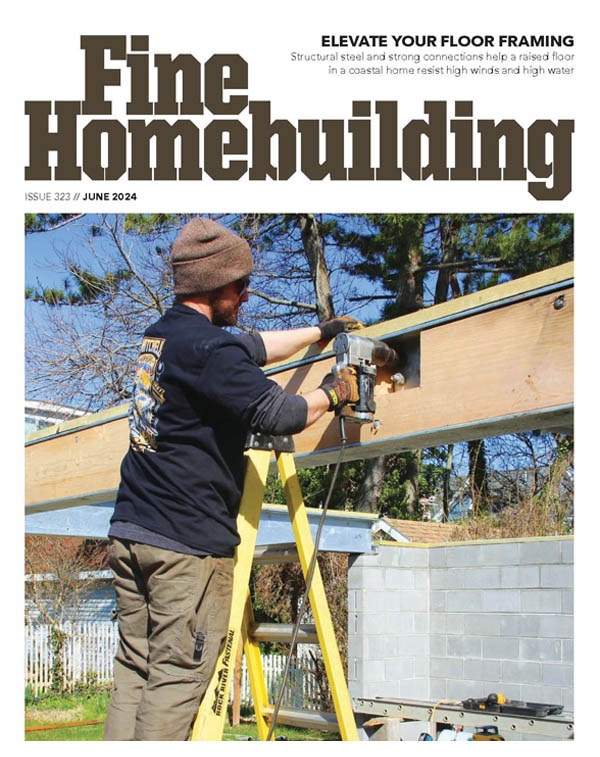

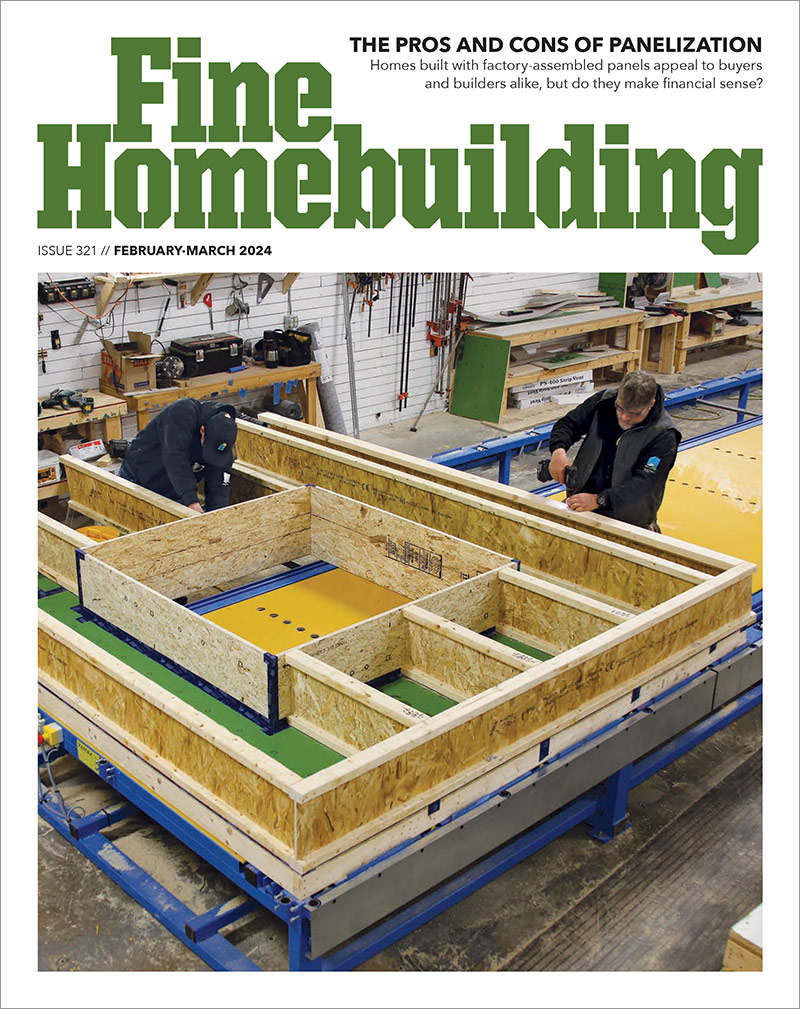
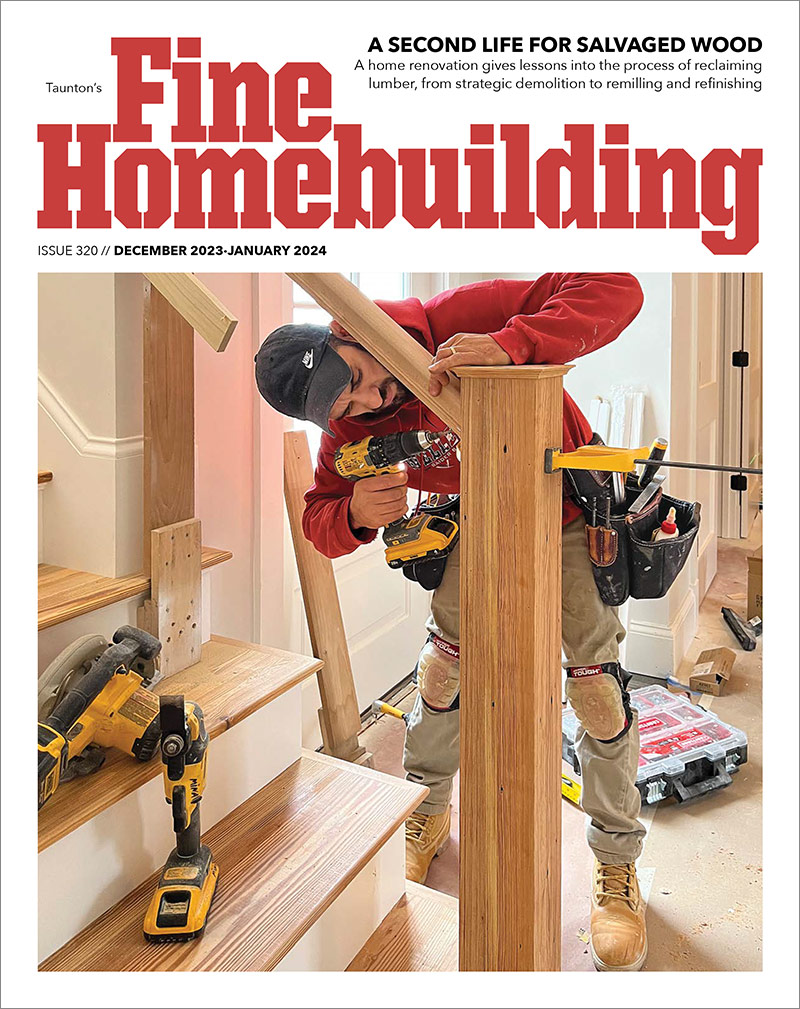
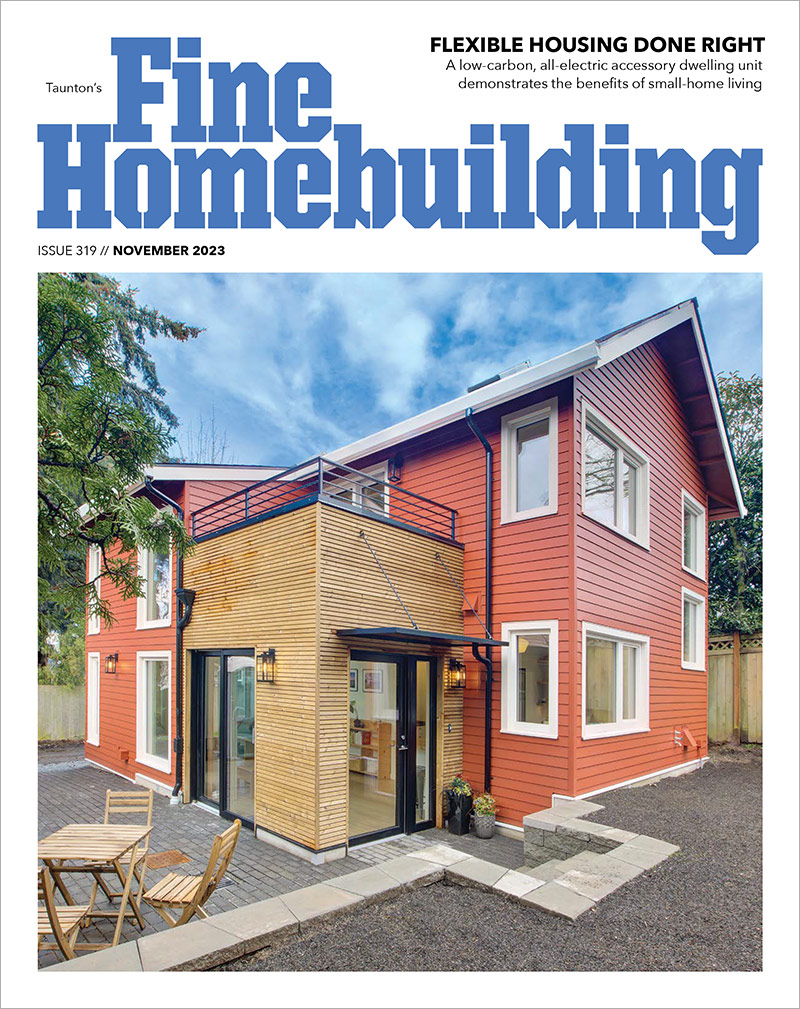

Replies
Although I have a multitude of laser levels (assuming that's what your question is about) only two get used: PLS5E and PLS2E. The 5E is a 5 dot laser great for layout out and building walls, etc., The 2E is a plumb line/Level line which is great for things line setting tile, cabinets, etc. Neither are really cheap, but both are accurate and considered high quality in the trades.
"I am the master of my fate, I am the captain of my soul." Invictus, by Henley.
Hey Nick ..anybodyDoes the PLS2E really work for you on small outdoor projects?. I am talking about decks and small additions. If I understand it correctly, it has the daylight use ability and range of 100'. If you use the detector. I am going to order one in a couple hours.. tell me quick.. :P .. ThanksArthurhttp://www.notsobigbuildingcompany.com
I have the PLS2 (no "e"). I've used it outside for a few decks and starting some siding, etc. In bright sun, the beam is only visible for a few feet. The e version with the sensor is said to work very well even with the sun. I'll use mine 90% inside, so the extra few hundred for the sensor was not worth it. I plan what I'm doing and mark my level lines at sun down or first thing in the morning. In low light, the laser is very bright and has a nice thin line. It makes things much much easier and it is one of my favorite tools. Looking forward to using it for tiling and having lines that stay after I lay thinset.
I think the money spent is well worth it considering the ease, accuracy and time savings.
thanks ddayas for the chap a few posts back asking for flames.. lol.. you deserve it. ha ha.. there is nothing easier then plopping that pls2 on the nearest flattish place and leaving it on while you work. You have an everpresent level line running all around on every vertical surface .. you dont have to reach down or find your level..everytime. when the battery dies or client thinks your trying to kill them.. turn it off .. I think it was the smartest $250 I ever spent on a tool..cheers
http://www.notsobigbuildingcompany.com
Multi-function????
They won't cut lumber, drill holes, or scratch your back.
Welcome to the
Taunton University of Knowledge FHB Campus at Breaktime.
where ...
Excellence is its own reward!
Lasers for exterior work such as site work, footers, etc are different than ones used on the interior.
I'll probably get flamed, but IMO, using lasers for interior work is more of a luxury than a necessity with the exception of a very few jobs like maybe a suspended ceiling. Sure, I've installed cabinets using a laser, but I think the time to go out to the the truck and get it, and then to futz around with it a bit made the benefits of the accuracy gained of marginal value over just using a 6' level - perhaps more important for big kitchens? Maybe someone can enlightening me of some "laser essential" interior jobs.
OTOH a laser is nearly essential for the exterior work I mentioned - granted the work was done satisfactorily for many years without lasers, but I think the quality and speed of installation of footers and masonry, for example, has been significantly improved with the advent of the common use of lasers.
OK. Here's your flame. If you are still futzing with a laser you are a moron! ;-)A simple inexpensive cross line laser, PLS2 or 2e is only $200 and not much more $ than a 6 foot level. They are self leveling and you just set them on top of a box, ladder, counter, etc., and go to work. You can see the line through the room mark all the studs without having to juggle the level. Find the high and low points of the floor easily, etc. I don't use the plumb feature as much. That is when the plumb bob type laser, like the Robovector, comes into play. Layout your ceiling cans location on the floor of the kitchen and then transfer quickly to the ceiling.Outside, if I couldn't use a laser I would use a reservoir style water level before a transit/builders level. I can go up to 50-100 feet easily with that technology and work around corners and through doors and windows. It is more intuitive and you don't feel lost as you try to sync with the detector.Stick levels are for plumbing walls and doors because they can be used as a straight edge as well.
"I would use a reservoir style water level before a transit/builders level."Yes sir...I have one that I made from a plastic bucket and 3/8ths plastic tubing to lay out (level) foundation and it works great. Another thing I felt was a plus...it's absolutely correct 100% of the time and doesn't require batteries. It has limitations but for small areas it can't be beat, in my opinion.
If you hired a foundation built and then you wished to lay the sills yourself, would you use a water level to shim teh sills level? Sounds easy and cheap.
Absolutely...Assemble bucket with 3/4 full of water, drain hose then start laying out your level marks and measure up or down from them. I use a 5 1/2 foot long stick with level mark on the stick then just walk around foundation and place stick against foundation wall in vertical position and your ready to mark level location as soon as the water level stops moving up or down. Site the bottom or top of meniscus curve Two cautions...don't allow water to drain from hose when your between levels or when you stop for lunch and make sure the level stick is close to plumb when taking a sighting.Or, you could find a starting point on mud sill and make a mark on the stick at that level then walk the foundation and set all the sills to same level. Remember, if water is above the mark on the stick then raise the sill, if water is below the mark then lower the sill. Find the highest point in the sill first then shim all the rest up to match. Use steel shims or nonshrink grout.
>>"Outside, if I couldn't use a laser I would use a reservoir style water level before a transit/builders level.
Flame you back. ;-)
I'll bet you I'd have my autolevel set up and half done with the elevations before you get your water level filled with water -- no batteries required -- do need a rod man just like you need someone on the other end of your water level.
No transit/theodolite -- how do you square corners with a water level or laser? Theodolite much faster than triangulating with a tape and much more accurate. Just sight a parallel line and spike a point, sight a line at 90, unclamp, sight back, add another 90, do it 3 or 4x and average, you can get to within a small fraction of a millimeter within true square for as big a house or addition as you want and it takes less than a minute of time.
Almost forgot -- how about plumb -- try that with a water level. ;-)
"Let's get crack-a-lackin" --- Adam Carolla
Edited 6/6/2006 1:24 pm ET by philarenewal
Actually I'll take that bet. MY water level is never not filled. I mix a little green food coloring and bleach and that keeps it clean and easy to read for years!Also, I don't need a rod man, that is me. The resevoir, I just set for a standard or raise to the specific plane I need and then just walk the other end around with me. That way I don't need to depend on the interpretation of another as to what is "level enough."I agree that is is not much help in determining plumb. As to square, pull parallel lines and do the math with a construction Master Calculator or a simple one and think a little more.My point is that the water level is faster to use and requires less skill in it's operation to achieve an accurate result. I say this, because after I watched a class with a teacher try to level a small foundation, for about an hour and then test it with stick levels, I was able to show them their mistakes and the areas that needed to be shimmed in about 5 minutes total with my water level. Then the students could repeat my results immediately.Of course a "real professional" will have all these tools to draw from and just use the best one for the situation at hand. :-)
Edited 6/7/2006 3:56 am ET by KirkG
>>"Actually I'll take that bet. MY water level is never not filled. I mix a little green food coloring and bleach and that keeps it clean and easy to read for years!
OK, you win that bet. ;-)
>>"My point is that the water level is faster to use and requires less skill in it's operation to achieve an accurate result.
To each his own and not to keep beatin the same horse, but I've used a water level and I've used an autolevel to set perimiter elevations and autolevel is very much faster than water level -- like instant coffee versus drip. Do really need two people though so I'll give you that. As far as skill, if you are careless with either, you'll get the same crap as result. Learning to use an autolevel is about as hard as learning to read a tape accurately.
For your teacher example -- watch the same teacher and class try to frame with a hammer and 16d spikes and you'll get the same comedy routine. Does that mean we should chuck out hammers and nails? Know what I mean ;-)
Of course a "real professional" will have all these tools to draw from and just use the best one for the situation at hand. :-)
The surveying tools are more fun to use than a water level. Does that count for anything? ;-)
"Let's get crack-a-lackin" --- Adam Carolla
Edited 6/7/2006 12:07 am ET by philarenewal
OK so I win the at the ready and speed of leveling and single person operation. Now I will win the easy technology part. Because, you will remember, that the students could duplicate my results. In other words, they could be taught. I do get your point, it was the instruction, more than the tool, but it does seem easier to judge lines of resoulution of a bubble in a tube verses two on a tripod and then a fine line on a stick. Any tool mastered will work well." . . .I've used an autolevel to set perimiter elevations and autolevel is very much faster than water level -- like instant coffee versus drip." In all sincerity, I find that hard to believe. My water level settles quickly and I make my mark and move on. Too bad we live so far apart, you could teach me how to use the other tools faster.The surveying tools are more fun to use than a water level. Does that count for anything? ;-) Yes, the lasers are way more fun than water levels with cats, unless you get it on their toes. :-)
>>"Too bad we live so far apart, you could teach me how to use the other tools faster.
I'm not in a position to teach anybody -- but you're right, we could likely noodle a better way with two brains working on it. ;-)
Not to hijack the OP's thread too much, using an autolevel can be almost the same as using a rotary laser, except the autolevel does usually need two people to be most efficient. To compare the two, my autolevel is a TOPCON AT-22A -- their cheapest model. It cost 2/3 of what the PC cost (depending on where you buy) and is almost 3X more accurate in direct reading. A rotary laser with comparable accuracy is in the 4 digit range -- needless to say I don't have a rotary laser like that. ;-)
In a nutshell (you likely know, but if anybody else is reading who wants to try an autolevel, here goes how I do it and it works) to shim the plates in a typical basement construction, set up the tripod at a comfortable height in roughly the center of the basement pit and roughly level the autolevel using its bubble (if this takes longer than 30 seconds, you are doing something wrong -- point being it is really easy to do). The autolevel would now be physically below the benchmark elevation for where you want the bottom of the plate.
Have rodman hold a rule at the benchmark with the "zero" end of the rule at the benchmark and the "top" of the rule hanging below; focus on the rule and note the reading (last time I did this, I could easily read to 32nds on the rule at over 40' away). By holding the rule "upside down," larger readings elsewhere will mean the new spot you are looking at is above the benchmark, smaller readings are below, just as if you were using a tape measure off a perfectly level slab to the plate.
Have rodman go to first corner of plate and hold the rule upside down with the "zero" end at the plate and the top hanging down as before. Look at rule and note the difference. Like I said, a smaller reading than the reading at the benchmark means the spot you are looking at is too low, just as if you were measuring off a perfectly level slab with a tape measure. Do the same for all corners. Starting at the lowest corner, have the rodman start a shim; have rodman "hang" the rule as before and have rodman pound the shim until you see the same reading on the rule as was noted at the benchmark for desired elevation; when the readings match, shout to rodman to stop tapping the shim. The spot is now exactly the same elevation as the benchmark.
Have rodman move the rule to the next spot. Have him start a shim and level that spot as before.
Doing this around the perimeter, you can pretty easily get the plate flat and level to within 1/16" on a house over 200' wide.
Using a rotary laser would be similar, except you can use a tripod with a center crank to put the laser line at the benchmark elevation. If you don't have such a fancy tripod, use the rule as with the autolevel and have the laser line shine on the rule same as the reading using the autolevel.
"Let's get crack-a-lackin" --- Adam Carolla
I too would rather have a few inexpensive levels than one expensive one. If one breaks I can still make do with the others. I have 4 now. One for right angles, one for plumb, one for cross lines and one for tile. It sends a beam across a floor and up a wall so you can plan your grout lines to line up and they don't get covered by thinset when you are setting the tile.
I don't think it's an either-or situation. If you have an expensive level, no reason not to get a few inexpensive ones, too.
They all have their plusses and minuses. I have a PLS2e, which is wonderfully handy for a lot of stuff. But it won't go around corners like the simple water level. I also have an old David White optical level. It takes two people to use efficiently, but works outside in the daytime. Stick levels are more convenient for smaller stuff.
-- J.S.
I have seen a reservoir type water level with about 50' of small hose out of level by over 1/2". The water in the hose warmed up. The water in the reservoir didn't. I have seen a normal water level out of level by something less than that for the same reason. One half was in the sun and warmed up.
Try it.
One big advantage of the autolevel, whether laser or optical, over any manual level is that it will still be level after you drop something on the floor or jump down from a bench near it.
I have an ancient transit for outside work, too. I love getting it out. It is a pleasure to work with a fine tool. It can really speed up layout work.
Ron
That's an issue with water levels. The way to mitigate it is to set a standard mark someplace central, and check the roving end against that mark once in a while. If it ever comes up wrong, you have to throw out whatever you've done since the previous check.
Heating, leaking, spilling, bumping the bucket, whatever -- if the central mark checks the same before and after, the readings in between are good. If not, do it again. A water level may be simple, but it does require careful use.
-- J.S.
John,
You're right. A water level is a great tool, as reliable as gravity, but you have to pay attention. That ol' gravity can get you sometimes.
Ron
Can't argue with you there. :-)
So, what are your essential indoor application?
Hangin' doors, setting columns, setting cabinets, checking floors...and on and on.. I need a dump truck, baby, to unload my head
A myriad of opportunities abound. Mostly cabinetry and trim.
James, when you say you are "building a home," what do you mean? From shovel in the ground to installing the last door knob or something in between?
I agree with Matt to a point. For layout on the ground and elevations, forget the laser and get a quality transit, tripod and rod as well as an accurate steel tape (I recently needed a transit for a layout project ended up buying a used, very accurate, surveying theodolite -- I'm just learning how to use everything it is capable of, but you will be surprised at how much you can do and how fast you can do it with a good transit or theodolite -- it's almost a magic tool if you've not used one before -- like growing a new set of eyes or something).
You can learn to use a transit in less than half hour and it will serve you well in many more situations than the laser. Also, a good transit will cost you less than half the cost of a laser with comparable accuracy. For production setting of elevations, the laser is king, but unless you will be building lots of houses, buying both a good transit and good rotating laser with detector is overkill.
For interior, I use the lasers as straight lines only mostly for tile work. An accurate self leveling laser is expensive (and if you have to level it manually, you might as well just use a spirit level and be done). Most of the cheaper ones are accurate from between +-1/4" at 20' to 33' at best. Might as well invest in quality spirit levels which you will need and use all the time, and get the whiz bang high accuracy laser if you have money burning a hole in your pocket. ;-)
"Let's get crack-a-lackin" --- Adam Carolla
I'll have to agree with Matt:
Rotary lasers are now std. equipment for laying out sitework grades. One you have an established site benchmark, a single person can set the laser and run grades.
Others here mentioned that a transit can do more tasks - true, but it requires 2 people and is more time consuming in the construction phase if you just need to determine relative vertical grades.
To go really high-tech, some surveyors use specialized total station equipment whereby the instrument tracks a single field surveyor while he sets grade stakes.
Depending on your circumstance, it may be more cost effective to hire a local surveyor for this service.
I bought a self-leveling Robo Laser to do the exterior elevations on my house, and have no complaints. It has the remote control, so you can gradually shoot the laser point around in a flat plane by yourself, which is great for setting your foundation forms. siding, masonry, deck posts and the like.
I've also used it in a great room to set window framing, but when it comes to level lines along a wall for things like cabinets and tile, the hand-held B&D cheapie is much more convenient.
Amazon has the Robo for about $220, which you can see at
http://www.amazon.com/gp/search/ref=pd_sl_aw_tops-1_tools_10192865_2/104-2579951-2456750?search-alias=tools&keywords=robo%20laser
BruceM